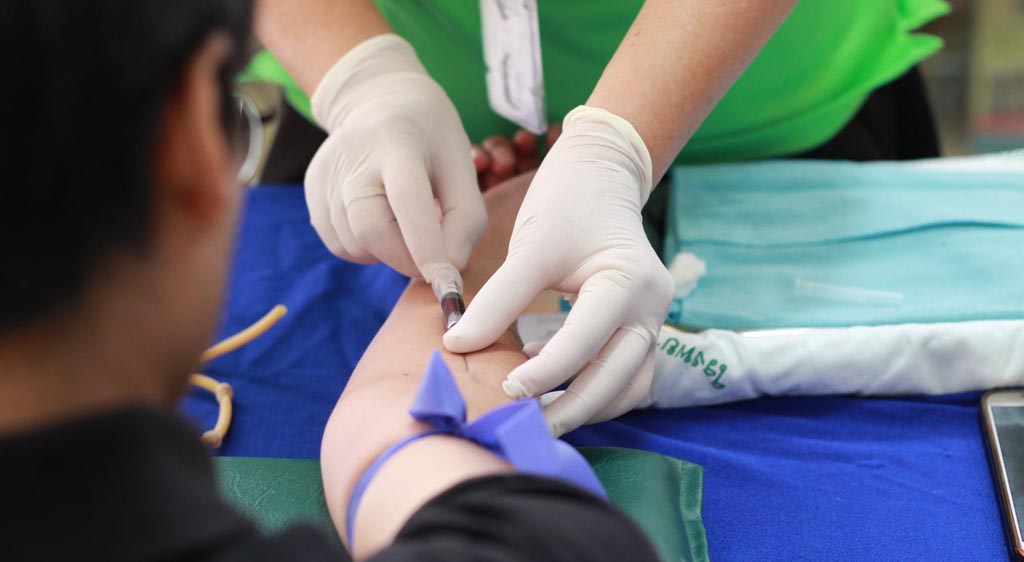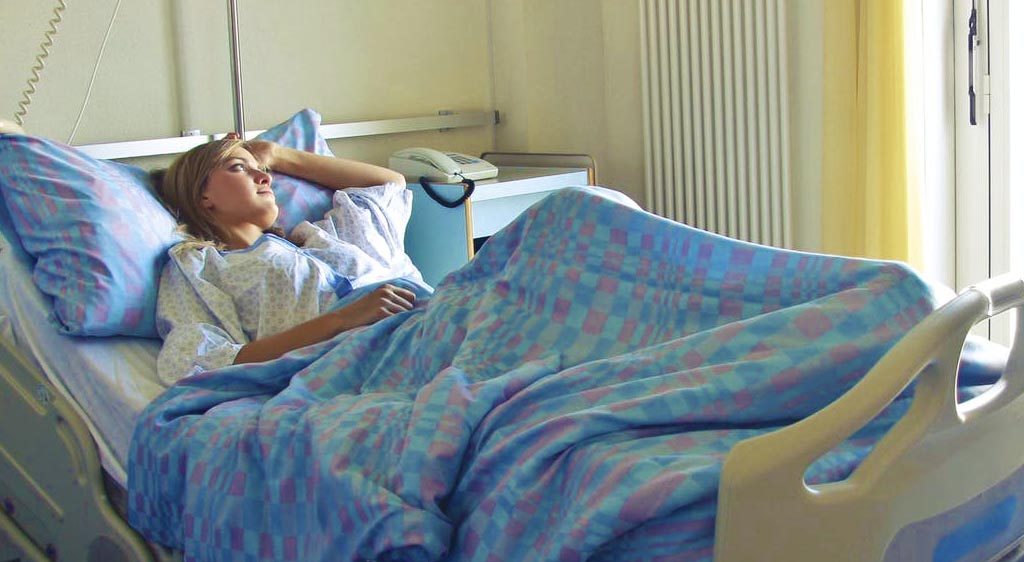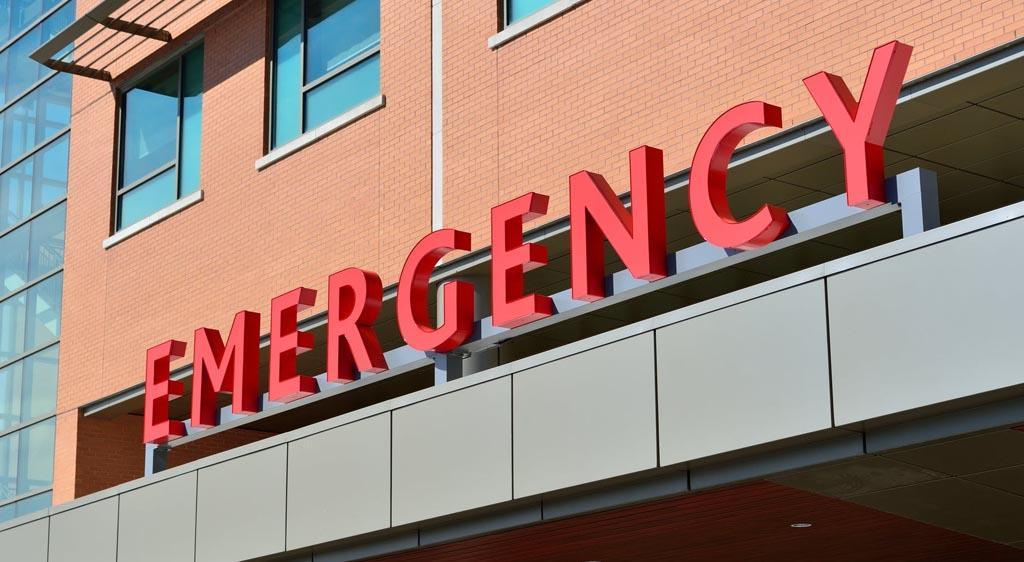Hospital Statistics
Hospitals are an essential institution in society. Today, a hospital can represent the advancements humans have made in the arts and sciences of medicine and healthcare. Before, however, hospitals also represented social and religious ideologies. The first recorded hospital stood between the 5th and 6th centuries in the Byzantine Empire. Later on, hospitals appeared in western Europe, starting in monasteries. When the industrial revolution came, it not only changed economies but also the healthcare system. As cities and populations grew, so did infectious diseases, injuries, and death rates. Hospitals had to keep up. By the 18th century, mental hospitals appeared. Before that, ignorance, superstition, and moral condemnation were the dominant beliefs for mental disorders. By the mid-19th century, hospitals and the medical field became more professional. Moreover, working in hospitals became part of the training of medical students. When the 20th century came, hospitals had become the highly scientific and well-managed institutions that we know today. However, as essential and as advanced as hospitals are, they still have their faults.
(Miller, T. S. (1997)), (Porter, R. (1997), ( McKee & Healy), (Encylopedia)
The Most Surprising Hospital Statistics
- The number of hospitals in the world is estimated to be around 164,500.
- Japan has the most number of hospital beds, with about 13 beds per 1,000 people.
- With over 10,000 beds, the Chang Gung Memorial Hospital in Taiwan is the largest hospital in the world.
- China has the most number of hospitals, with over 69,000.
- A 500-bed hospital can lose more than $4 million per year because of bad communication.
- Around 80% of serious medical errors are because of miscommunication between caregivers during the transfer of patients.
- About 80% of hospitals still use pagers.
- The highest hospital in the world (with between 100 and 500 beds) is Hospital Daniel Alcides Carrión in Peru, which stands 4,351 m above sea level.
(Cybermetrics Lab), (Our World in Data), (Healthcare Global), (Guinness Word Records), (Dr. Ritu Agarwal), (Joint Commission Center for Transforming Healthcare), (Kevin O’Leary)
General Hospital Statistics and Facts
Adverse Events and Errors
1. Hospital statistics indicate that 1 in 10 patients are harmed while receiving care.
More sadly, about half of those incidents are preventable.
(World Health Organization)
2. On the other hand, 8% of patients in hospitals in low- and middle-income countries are harmed while receiving care.
Of those incidents, 83% are preventable. Unfortunately, death occurs in around 30% of those incidents.
(World Health Organization)
3. About 2.6 million people die every year in hospitals due to adverse events.
Hospital statistics also indicate that ⅔ of the deaths and disabilities due to these adverse events occur in low- and middle-income countries. The adverse events are due to unsafe care and are probably one of the top 10 leading causes of death and disability int the world.
(World Health Organization)
4. As many as 4 out of 10 patients are harmed in primary and outpatient healthcare.
Moreover, up to 80% of the incidents are preventable. Some of these incidents include errors in diagnosis, prescription, and use of medicines. Unfortunately, more than 6% of this patient harm results in hospitalizations.
(World Health Organization)
5. About 15% of hospital expenditures are due to adverse events in the hospital.
This estimate is from member countries of the Organization for Economic Cooperation and Development. Some of the most troubling adverse events are blood clots, bedsores, and infections. Every year, these costs can amount to trillions of US dollars for these countries.
(World Health Organization)
6. In the United States, safety improvements in hospitals saved about US $28 billion between 2010 and 2015.
Because it is now apparent that adverse and preventable events in the hospital cause both physical and financial burden on patients, there are now initiatives to improve patient safety. Some of the steps hospitals take include patient engagement.
(World Health Organization)
7. Hospital statistics estimate that medication errors cost the world US$42 billion per year.
This amount accounts for almost 1% of global health expenditure. Moreover, this amount does not include lost wages, productivity, or extra health care costs due to the consequences of these errors. These medication errors include wrong dosages, wrong prescriptions, improper storage, and unclear or misunderstood instructions.
(World Health Organization)
8. Diagnostic error contributes between 6 and 17% of harmful adverse events in hospitals.
In the United States, about 50% of these diagnostic errors can potentially be harmful. Moreover, about 10% of patient deaths are due to diagnostic errors.
(World Health Organization)
Health Care-Associated Infections
9. Health care-associated infections (HAIs) occur in up to 10% of hospital patients.
Urinary tract infections are the most common HAI in high-income countries. On the other hand, surgical site infections are the most common HAI in countries with limited resources.
(World Health Organization)
10. Surgical site infections occur in up to 1/3 of operated patients in countries with limited resources.
This number is 9 times higher than in developed countries.
(World Health Organization)
11. About 30% of patients in intensive care units (ICUs) in high-income countries experience at least 1 HAI.
On the other hand, between 60 and 90% of patients in ICUs in low- and middle-income countries experience HAIs. As a comparison, device-associated infection densities are up to 13 times higher in these countries than in the USA.
(World Health Organization)
Surgery Complications
12. Hospital statistics show that about 7 million surgery patients suffer from complications every year.
Unfortunately, of these 7 million, 1 million die. Up to 25% of these complications arise from unsafe surgical care procedures. Fortunately, however, the deaths due to complications from surgery have decreased in the past 50 years.
(World Health Organization)
13. Over 260 million surgeries are done each year in the world.
However, an additional 143 million surgeries are needed to address emergency and essential conditions in low- and middle-income countries.
(Dr. Ng-Kamstra), (John Meara, MD)
14. Referral leakage costs US hospitals $150 billion every year.
Referral leakage is when patients are referred to another healthcare provider over their current option.
(HeathViewX)
15. More than 3.6 billion x-ray examinations are done globally every year.
About 10% of these examinations are done on children.
(World Health Organization)
16. Over 37 million nuclear medicine procedures are done globally every year.
Moreover, 7.5 million radiotherapy procedures are done globally every year. Out of these procedures, errors occur in about 15 per 10,000 treatments. Errors include overexposure to radiation and wrong-patient or wrong-site identification.
(World Health Organization)
Emergency Department
17. In the US, there are 139 million visits in the emergency department.
Of these visits, 40 million are because of injury.
(Center for Disease Control and Prevention)
18. Of the visits to the emergency department in the US, 14.5 million lead to hospital admissions.
Of these hospital admissions, 2 million are admitted to critical care units.
(Center for Disease Control and Prevention)
19. People in the US who visit the emergency department wait an average of more than 1.5 hours before being taken to their room.
They also wait an average of 2.25 hours before being sent home.
(Beacker’s Hospital Review)
20. Hospital statistics indicate that people in the US who visit the emergency department wait an average of 24 minutes before being attended by a healthcare provider.
Moreover, people with broken bones wait an average of 54 minutes before receiving pain medication.
(Beacker’s Hospital Review)
Hospital Expenditure
21. In majority of the EU, inpatient curative and rehabilitative care contributes to at least 50% of all hospital expenditure.
In Poland, Germany, and Greece, this amount is as high as 90%, which may be due to the use of alternative settings for care delivery, such as specialized outpatient services delivered in ambulatory centers or private practices.
(Organisation for Economic Co-operation and Development)
22. US hospitals consume an average of between 109.5 and 552.61 L of water per hospital bed per year.
In contrast, European hospitals consume an average of between 182.5 and 365 L per hospital bed per year. Since hospitals consume so much water, many are using water conservation strategies such as reusing water non-potable water for other purposes such as sterilization and irrigation and collecting, treating, and using rainwater.
(Justo Garcia-Sanz-Calcedo), (Healthcare Design)
23. In the US, hospitals account for 64% of total energy consumption by healthcare facilities.
However, hospitals only account for 47% of the land occupied by healthcare facilities.
(Dr. Khaled Bawaneh)
24. US Hospitals spend about $215 billion on administrative costs.
This value accounts for 25% of hospital expenditure. These costs include marketing, overheads, and salaries of employees responsible for coding and billing. For-profit hospitals typically spend more on administrative costs than nonprofit, public, teaching, and rural hospitals. Moreover, hospitals in the US spend more on administrative costs than hospitals in Canada, France, Germany, England, Scotland, Wales, and the Netherlands.
(The Commonwealth Fund)
25. Hospitals spend between $8 and $15 for three meals per patient per day.
Moreover, labor and costs account for 70% of the budget for food services. In the UK, NHS hospitals spend as little as £2.61 a day on food per patient. Many other NHS hospitals spend less than £4 and £5. The highest amount an NHS hospital spends on food per patient per day is £39.60.
(TVO), (The Sun)
Conclusion
Hospitals are crucial in modern society. However, even with the many advancements in medical science, these health institutions still face many challenges that range from medical procedures to administrative ones. The hospitals of the future must therefore appropriately respond to these challenges. To do so, they must learn to balance medicine, finance, and management. More importantly, hospitals must learn to be flexible as diseases and pathogen evolve.
(McKee & Healy)
References
McKee & Healy:
https://www.who.int/bulletin/archives/78(6)803.pdf
Encylopedia:
https://www.encyclopedia.com/religion/encyclopedias-almanacs-transcripts-and-maps/hospitals-history
Cybermetrics Lab:
https://hospitals.webometrics.info/en
Our World in Data:
https://ourworldindata.org/grapher/hospital-beds-per-1000-people?time=2000..&country=KOR
Healthcare Global:
https://www.healthcareglobal.com/top10/top-10-largest-hospitals-world
Guiness Word Records:
Agarwal et al., 2010:
https://pubmed.ncbi.nlm.nih.gov/20812527/
Joint Commission Center for Transforming Healthcare:
https://pubmed.ncbi.nlm.nih.gov/22928243/
O’Leary et al., 2017:
https://pubmed.ncbi.nlm.nih.gov/28699941/
Guiness Word Records:
World Health Organization:
https://www.who.int/features/factfiles/patient_safety/en/
World Health Organization:
https://www.who.int/gpsc/country_work/gpsc_ccisc_fact_sheet_en.pdf
Ng-Kamstra et al., 2018:
https://www.ncbi.nlm.nih.gov/pmc/articles/PMC6035511/
Meara et al., 2015:
https://pubmed.ncbi.nlm.nih.gov/25924834/
HeathViewX:
https://www.healthviewx.com/reduce-patient-referral-leakage-hospitals-health-systems/
Center for Disease Control and Prevention:
https://www.cdc.gov/nchs/fastats/emergency-department.htm
Becker’s Hospital Review:
https://hbr.org/2019/02/to-reduce-emergency-room-wait-times-tie-them-to-payments
Organisation for Economic Co-operation and Development:
Garcia-Sanz-Calcedo et al., 2017:
https://ideas.repec.org/a/gam/jeners/v10y2017i4p479-d94869.html
Healthcare Design:
https://www.healthcaredesignmagazine.com/architecture/saving-water-saving-money/
Bawaneh et al., 2019:
https://www.mdpi.com/1996-1073/12/19/3775/htm
The Commonwealth Fund:
TVO:
https://www.tvo.org/article/how-hospital-food-budgets-affect-patients
The Sun:
https://www.thesun.co.uk/news/6030274/hospital-food-nhs-crisis/
Miller, T. S. (1997). The birth of the hospital in the Byzantine Empire. Baltimore, MD, USA: Johns Hopkins University Press
Porter, R. (1997). The greatest benefit to mankind: a medical history of humanity from antiquity to the present. London, UK: Harper Collins Publishers




